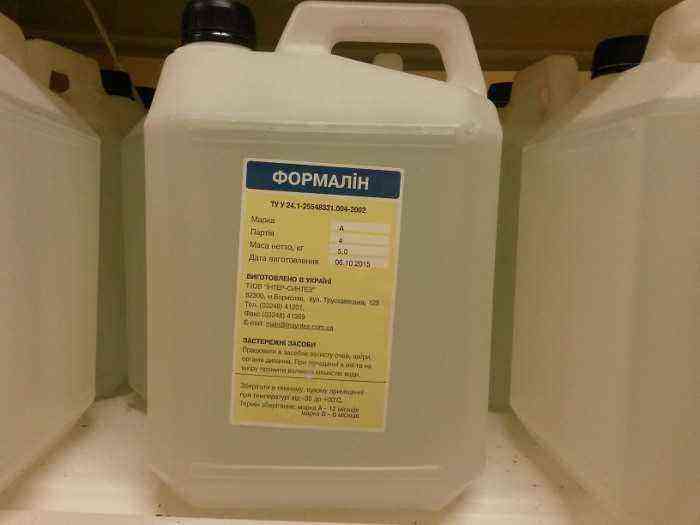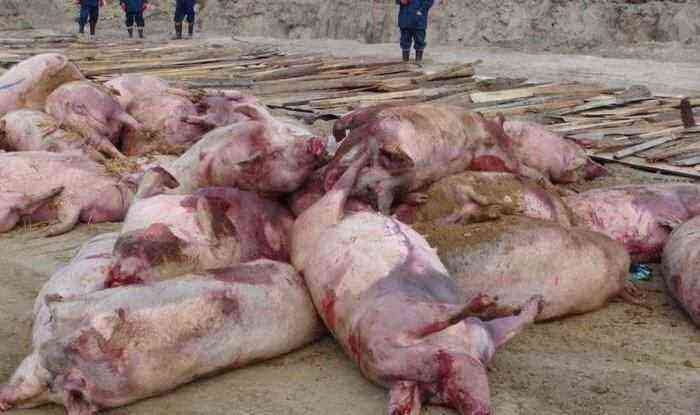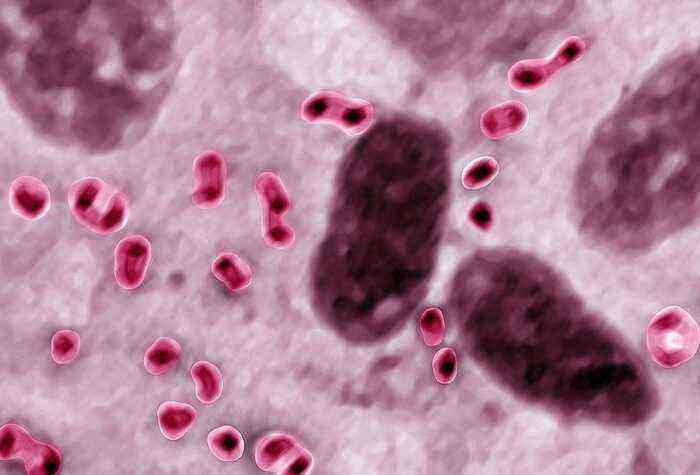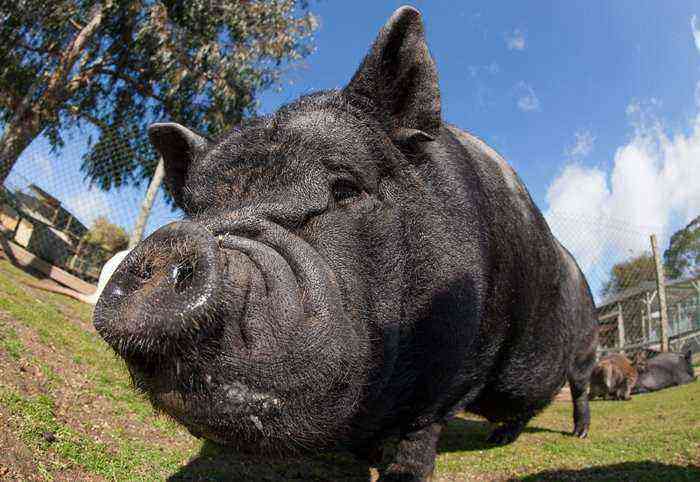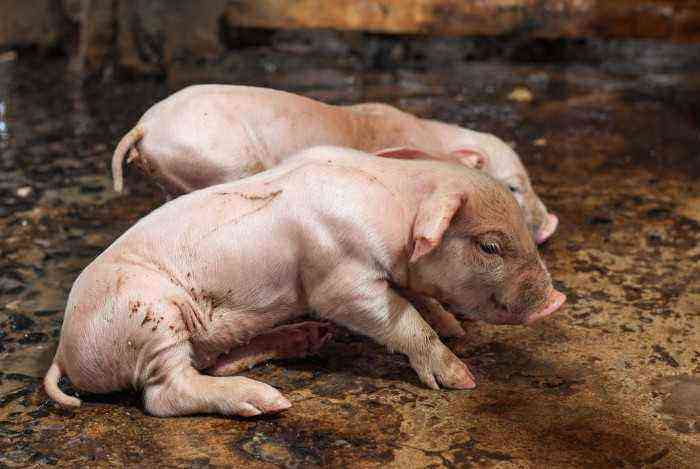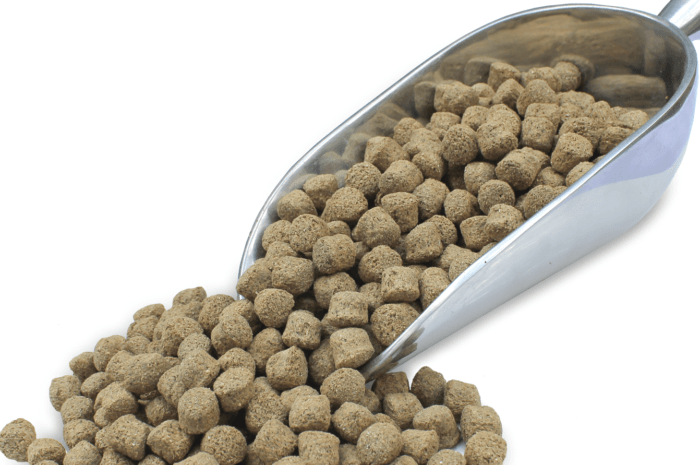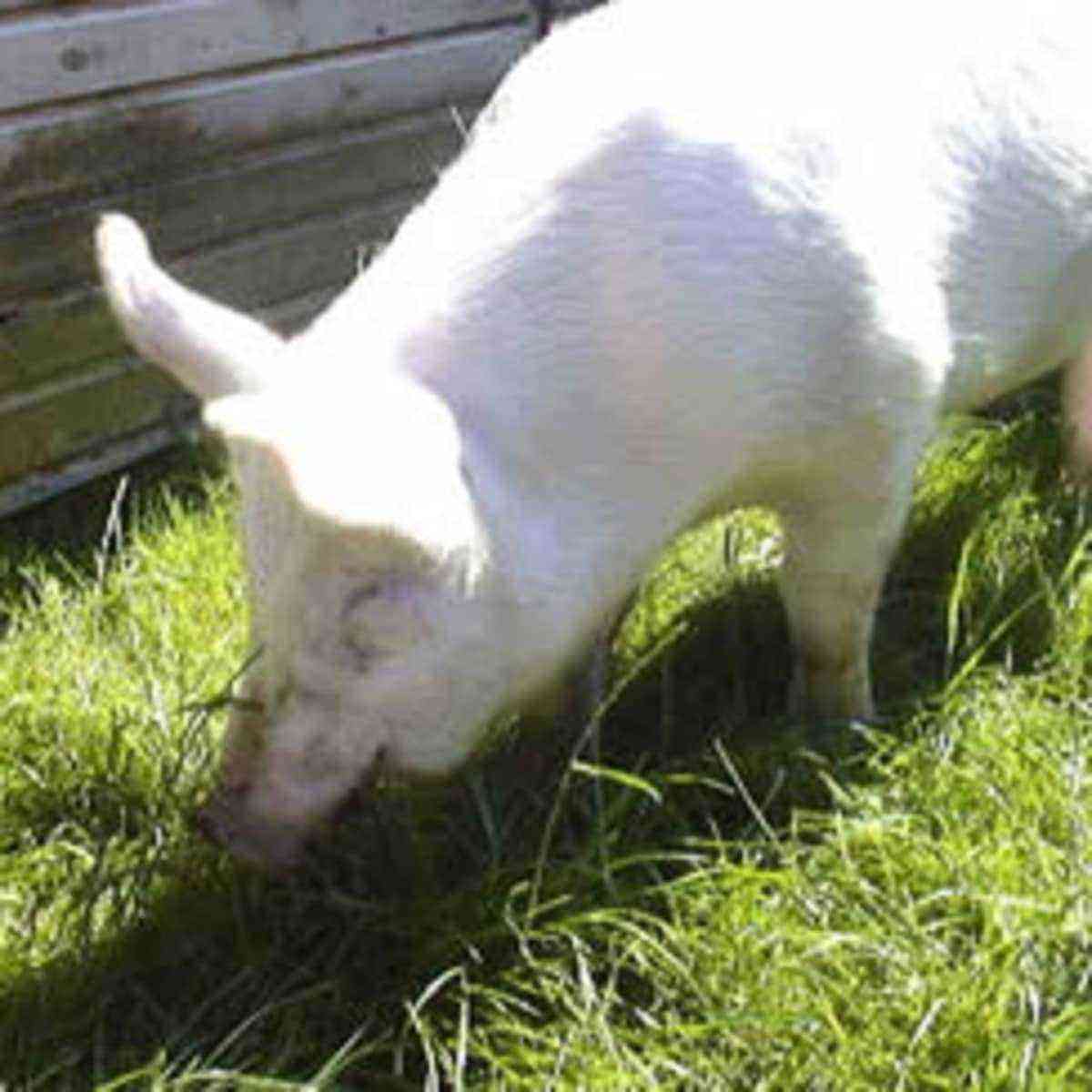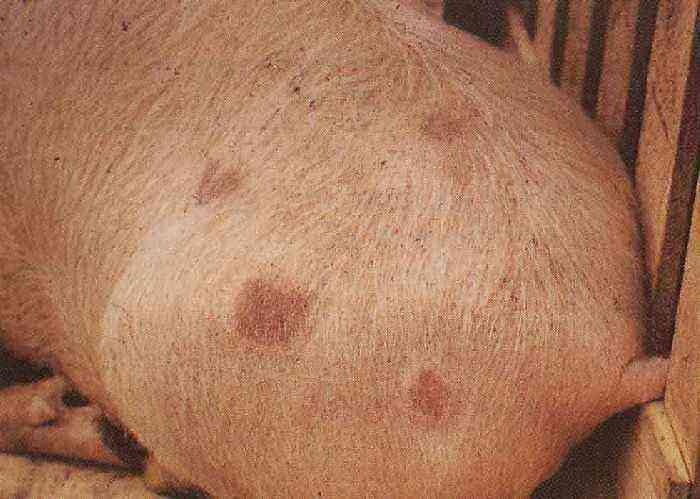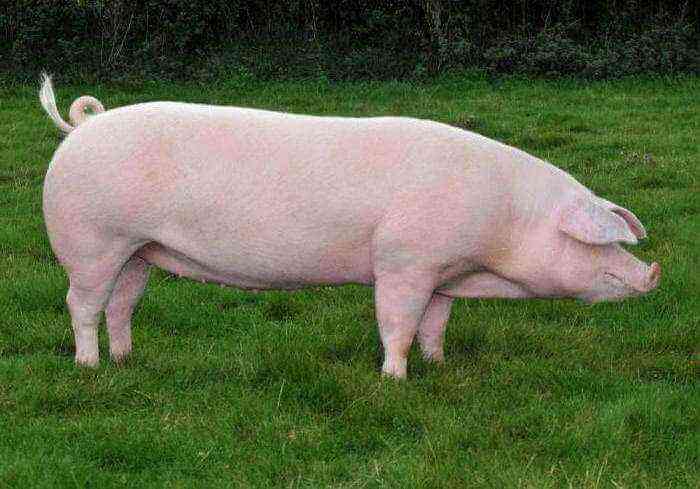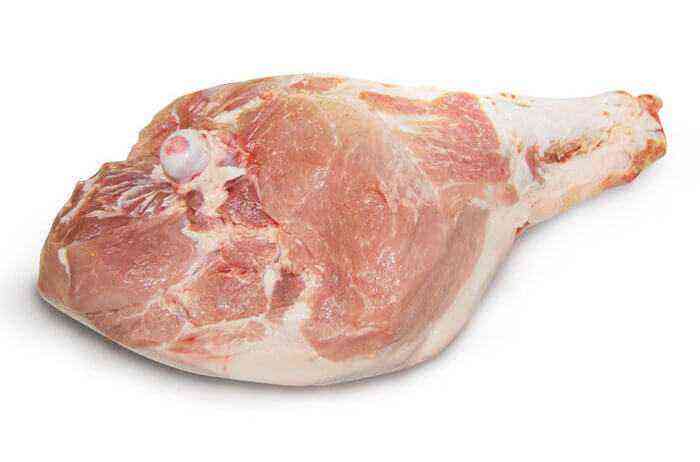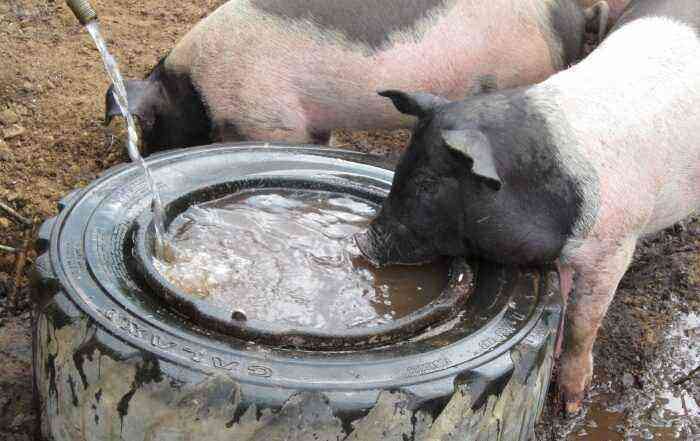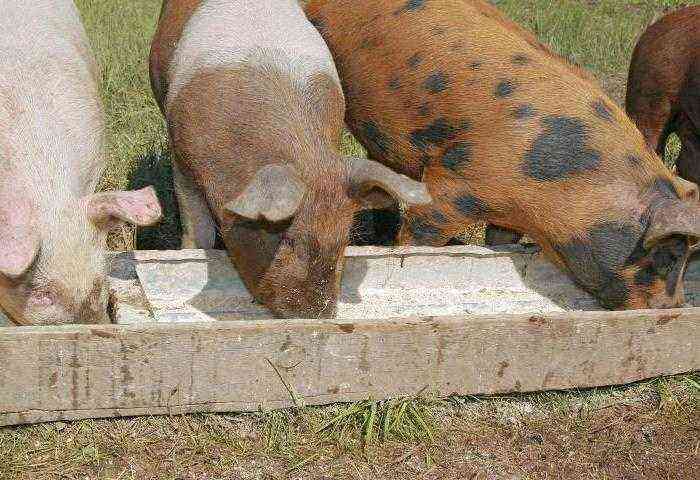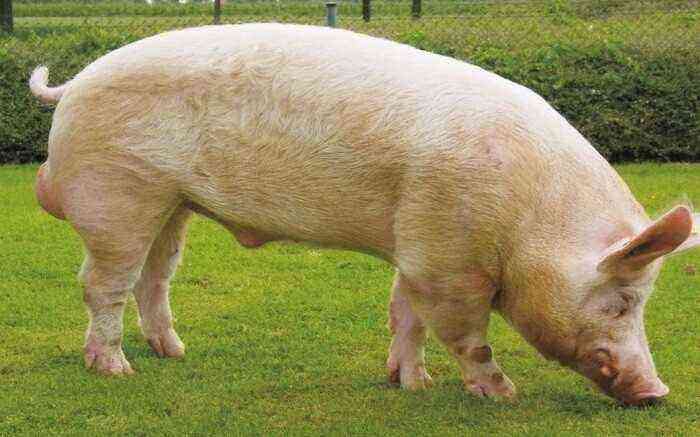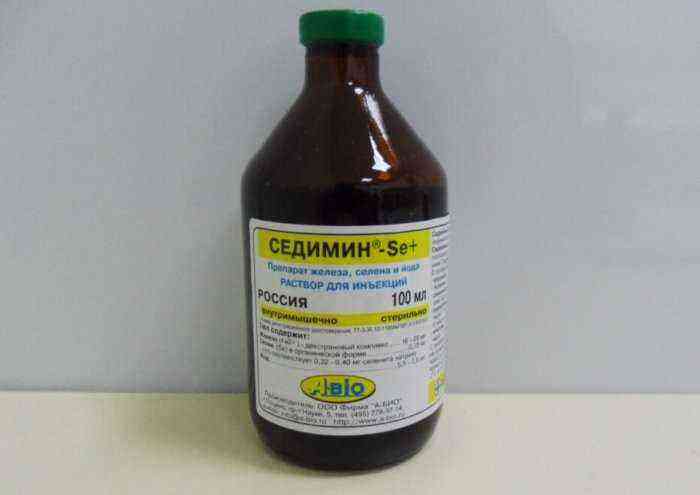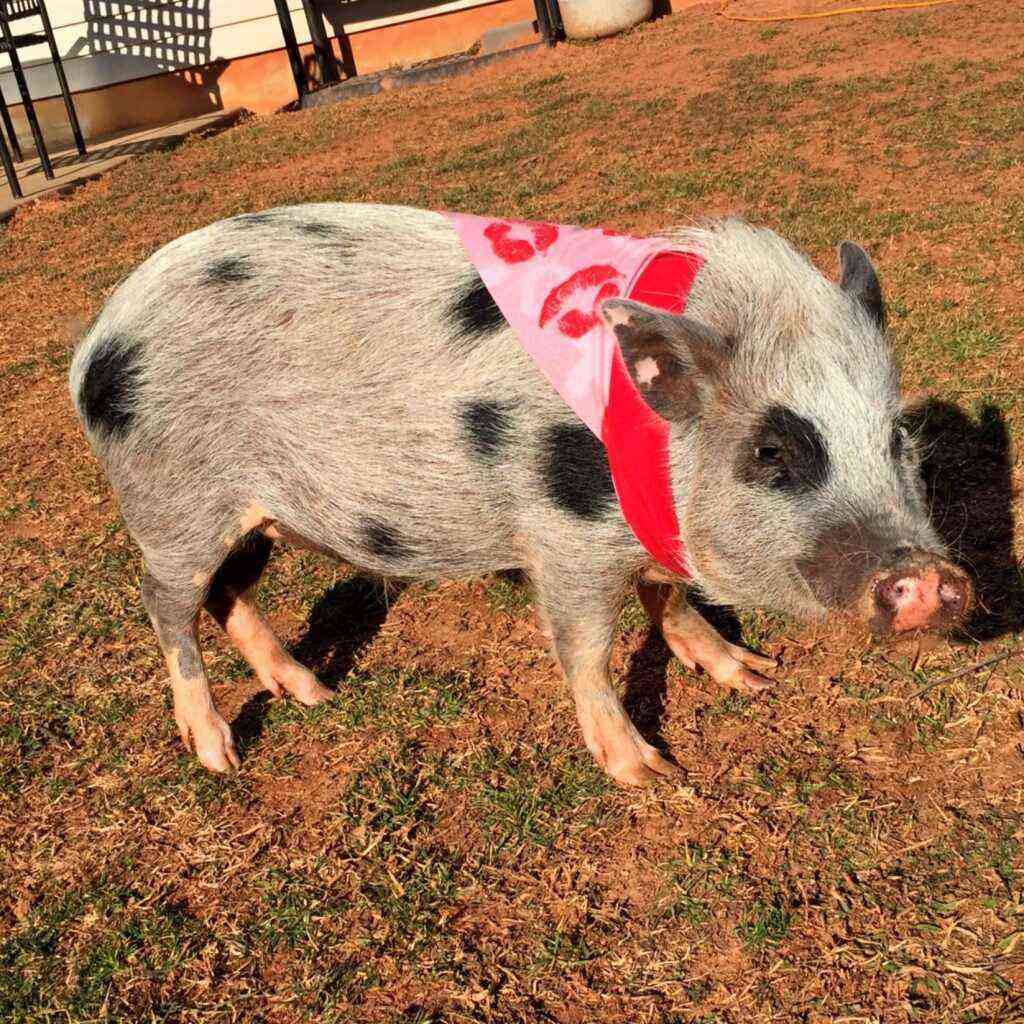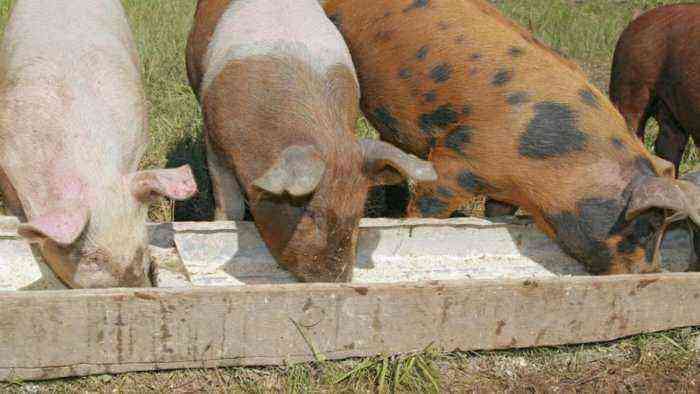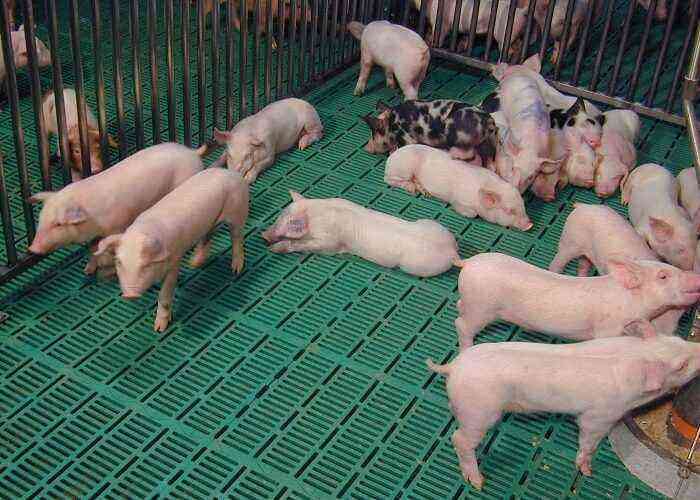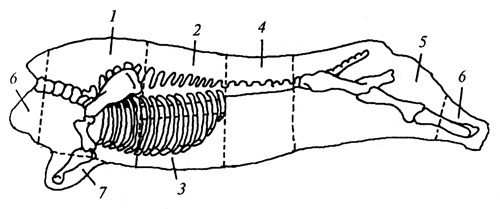For a long time, the issue of the susceptibility of domestic animals to the disease was considered controversial. Most scientists believed that under natural conditions, pigs are not susceptible to this disease. However, studies have raised doubts: pigs become infected, and the disease is often accompanied by the death of a pet.
Anthrax in a pig
In the form of a local pathological process, anthrax occurs in pigs. Much less often, the disease occurs in a toxic form (sepsis). This indicates that domestic animals have a high natural resistance.
What is a disease?
Anthrax has been known to the world since ancient times, when it was called “sacred fire”. Before the revolution, Russia was well acquainted with this disease, as it swept Siberia, and therefore received the name “anthrax”. The course of the disease in animals is identical to that in humans, and this proves the possibility of its transmission from animals to humans.
The causative agent of the disease is a microbial bacillus resistant to disinfection. An aerobic bacillus in the body of an individual receives favorable conditions for life, and losing them, it turns into spores.
When it enters the soil, the microbe forms spores and, as it were, is “preserved” in this state for many years. Animals in the pasture or eating food contaminated with anthrax spores are often attacked and fall ill.
Peculiarity! A person is easily susceptible to infection with this disease when butchering the carcasses of domestic animals or opening their corpses.
An anthrax stick in the form of a spore opens its life cycle. In the external environment, they live in soils and water, from where they find themselves with flying dust on the hair of domestic animals, in their respiratory tract or intestines.
At the site of infection, an irreversible process of tissue destruction begins. Increasing its colony with lightning speed and producing its poisonous toxin, the deadly bacillus infects immune cells, depriving the body of the ability to resist infection and soon kills.
After the death of the animal and its decomposition, the bacteria again enter the soil and form spores. In the soil, under favorable conditions, they can wait up to a hundred years for their triumphal hour, until they again enter a living organism either through damaged skin, or by airborne droplets, or orally with food or drink.
The spore for the anthrax pathogen is a special protective form that helps it survive a difficult period in life. Therefore, the microorganism is super-resistant in the external environment, exists comfortably at high temperatures, withstands the effects of some disinfectants, and is resistant to drying out. Even a pressure of several atmospheres does not immediately have a detrimental effect on spores.
Causes of appearance
Sick pigs inseminate soil and water with their various secretions, and then spore-like microorganisms live quietly in the soil until they get on a living object: a blood-sucking insect (for example, a horsefly), a wild or domestic animal, a person.
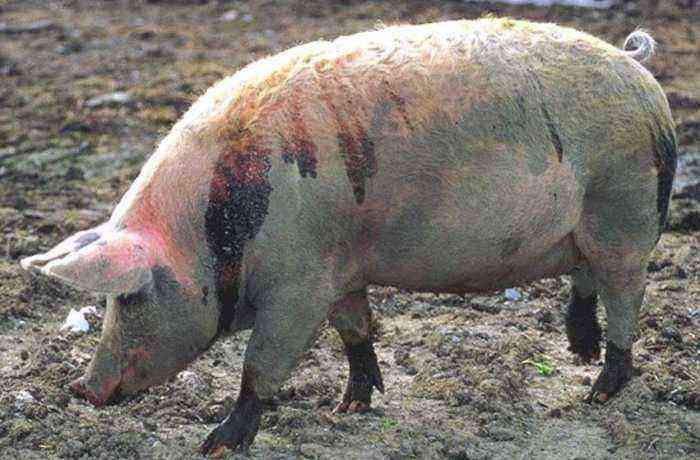
Infection through contaminated soil
Infection of individuals with anthrax is most often carried out by the alimentary route. Minor damage to the mucous membrane of the oral cavity, the digestive system contributes to the penetration of the pathogen into the lymphatic system near the thyroid gland, and then into the bloodstream.
Pigs suffer from anthrax regardless of age, gender and breed. The disease can occur year-round, but more often it flares up in the summer. The cause of the disease can be feed and water contaminated with spores of the pathogen.
Symptoms
The microbe-causative agent of a terrible disease penetrates into a living organism through damage to the epithelium of the mucous membranes and skin of animals. These are circumstances that significantly affect the course of the disease and the source of infection. Pigs thoroughly grind hard food, so the integrity of the oral mucosa is easily broken, which leads to the occurrence of anthrax in the area under the jaw. And pigs can only handle this when they have a healthy lymphatic system. In addition, the rate of development of the disease can be affected by:
- problems with the stomach and intestines;
- sharp jumps in temperature;
- natural change of milk teeth of young individuals;
- damage to the oral cavity due to trauma to the mucous membrane;
- general weakness of the body with beriberi and exhaustion.
There are 3 forms of the disease:
- Anginal. The body temperature rises slightly (40,5-41 ° C) and lasts from a day to 4, then drops to normal. Under the jaw and near the ears, everything becomes inflamed and swollen. Angina complicates the respiratory function due to the narrowing of the larynx, and swelling of the lymph nodes. All this leads to suffocation and, as a result, to death. The condition of the sick animal is severely depressed, he is tormented by shortness of breath, food intake is difficult.
Important! This form of anthrax can be completely asymptomatic. Nothing disturbs the animal in appearance, and after its slaughter and the subsequent mandatory examination of the carcass, a terrible disease is discovered.
- Intestinal Characterized by indigestion, lack of appetite, vomiting, diarrhea or constipation; there is blood in the stools. Sometimes there is an increase in body temperature up to 40,5-41 ° C. There is a lesion of the regional nodes of the neck, although obvious signs may be absent.
- Septic. In pigs, it manifests itself quickly – already on the 2-3rd day, signs of the disease are evident. This form always leads to death. A sharp increase in body temperature up to 42 ° is characteristic, appetite drops sharply or is completely absent. A sick animal is driven into a corner, buried in a bedding. Death occurs quickly (1-2 days after the first signs appear).
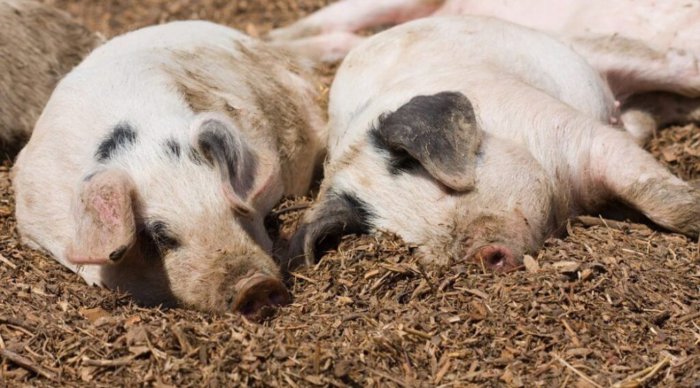
Septic ulcer
There are 3 forms of the course of the disease in pigs:
- lightning fast;
- acute;
- chronic.
With a lightning-fast variation of the disease, the temperature in individuals reaches 41-42 ° C, the animals are excited, the mucous membrane of the eye turns blue. The animal suddenly falls, huddled in convulsions and dies.
The acute course of the disease is distinguished by trembling, temperature up to 42 ° C, hemorrhage, cyanosis of the mucous membrane of the eyes. The acute form is complicated by angina, covering the pharynx, palate, lymph nodes of the pharynx and tonsils with an inflammatory process. There is swelling of the neck. The disease torments the animal for up to two or three days. It sniffles, coughs, it is difficult for him to breathe, the process of swallowing is difficult.
The chronic form proceeds with swelling of the lymph nodes in the mouth and throat, submandibular edema and weight loss.
Diagnostics
Most often, with anthrax, veterinarians deal with the corpse of an animal, since the incubation period of the disease is quite short and ends with an acute course of the disease. At the same time, the clinic of the disease does not have time to mature and open up. In sick animals, there are no strictly specific clinical signs – the picture of the disease is unclear.
The main method for diagnosing anthrax is a bacteriological examination in the laboratory of the pharyngeal nodes and fragments of swollen connective tissue of the throat taken from a sick animal.
Treatment
This should only be done by a veterinarian. Individuals with anthrax are treated with anti-anthrax serum. It is administered in a heated (37-38 °) form subcutaneously or intramuscularly. The dosage is calculated individually 50-100 ml per animal.
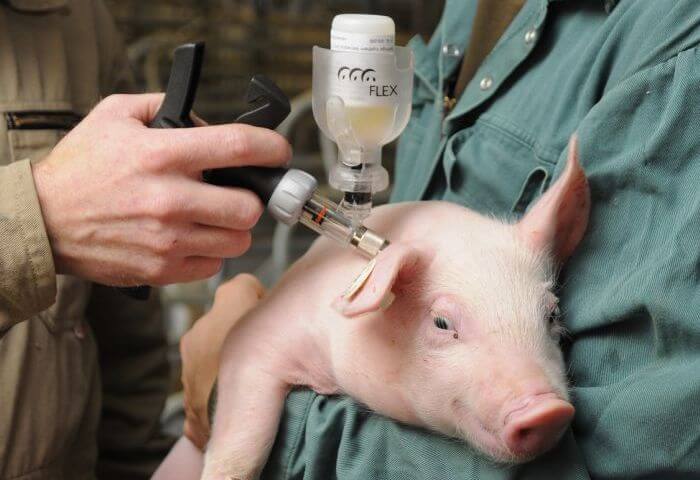
Treatment with anti-anthrax serum
The condition of the animal is observed within 5-6 hours after the injection: if it is not better, the serum is repeated again at a therapeutic dose. In parallel with the introduction of serum, antibiotics are used – penicillin with streptomycin, 500 thousand units each. per 100 g of live weight. To prolong the action of antibiotics, they are dissolved and administered in a solution of novocaine (0,5%).
Prevention
To develop immunity in animals, they are annually given preventive vaccination, which is carried out once.
You can not administer the vaccine:
- individuals up to 3 months;
- animals weakened by disease;
- pregnant women;
- in frost or extreme heat;
- when there are infectious diseases in the animal society.
To prevent the further spread of anthrax, the following measures are taken:
- quarantine is introduced in the outbreak area;
- foci of the disease are taken by veterinary services for constant monitoring;
- preventive vaccinations are regularly given to animals;
- they burn the corpses of animals, manure, food – all that is left of the animals in the focus of the disease.
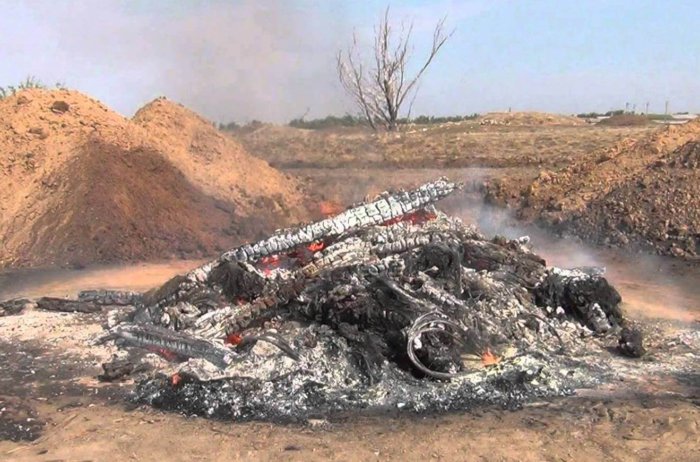
Infected animal carcasses are burned
Beings who have been ill with this “plague” acquire long-term and lasting immunity.
Important! Anthrax is not transmitted by live bacilli, only by spores. This means that a living infected creature is absolutely harmless and harmless to humans and other animals. And a sick person is equally not contagious to his environment.
Spores are formed only in corpses (bacilli now do not have the usual conditions for their vital activity), and only the corpses of sick creatures and their burial grounds pose a real danger for a very long time – a hundred years. In the light of the foregoing, I would like to say that the love of modern man for pork meat and lard is fraught with consequences, since it is not always possible to be sure in our imperfect world of the safety of any product, and especially pork delicacies.
Therefore, all meat-eaters need to attend to the search for reliable suppliers of pork in order to be sure of the presence of veterinary control in order to protect themselves from a terrible disease equivalent to plague and cholera.
